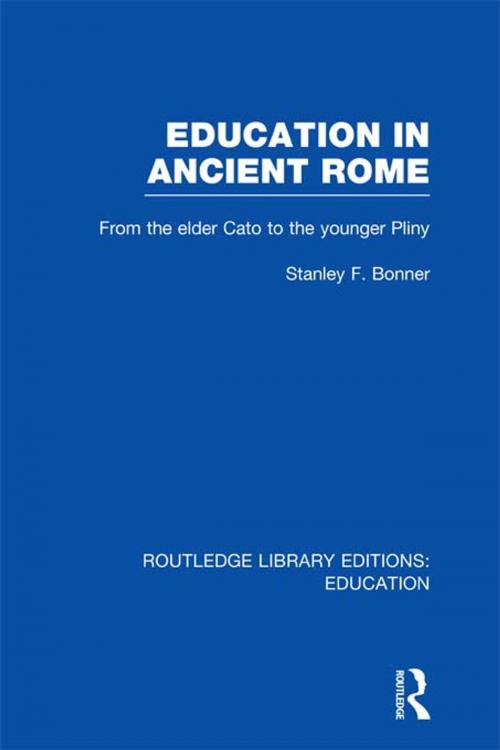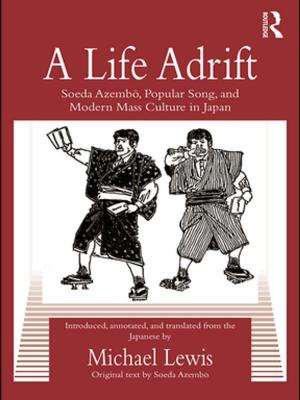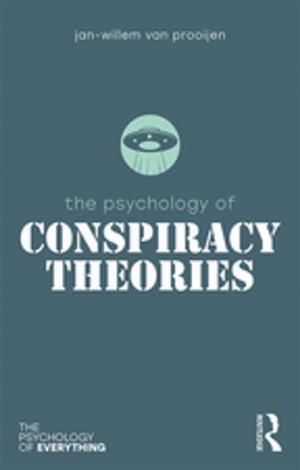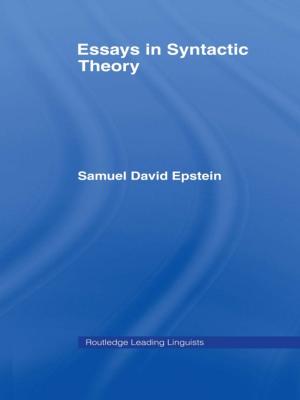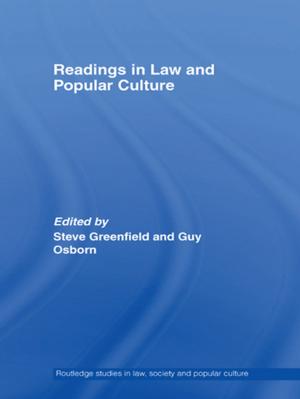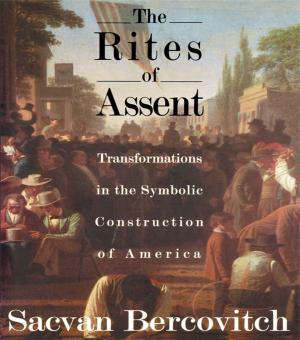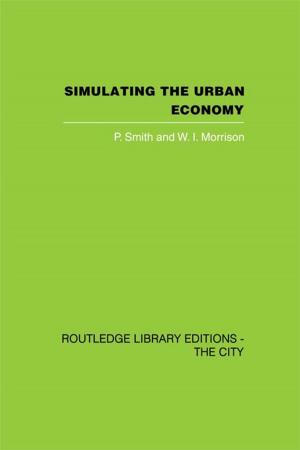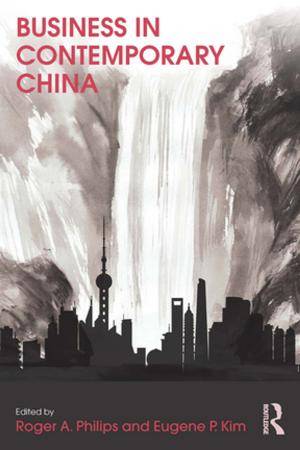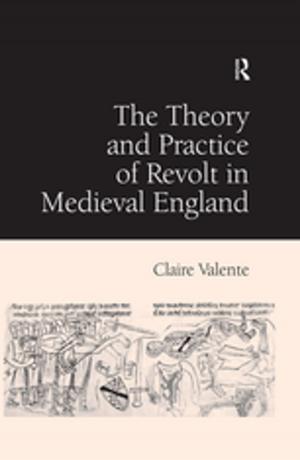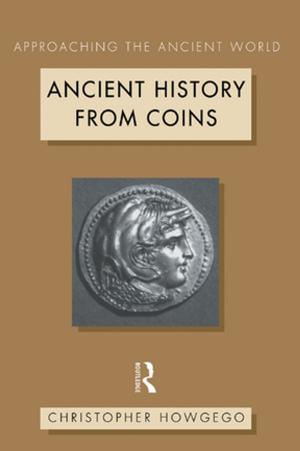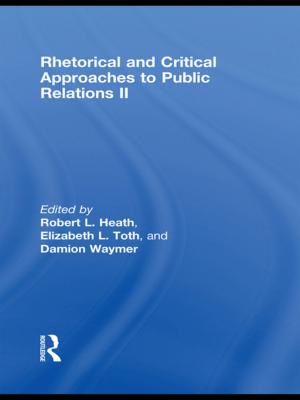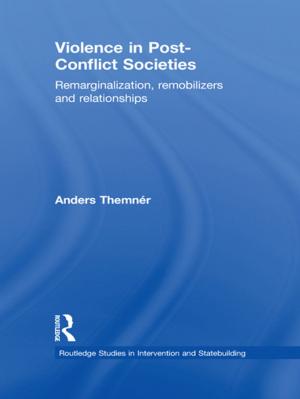Education in Ancient Rome
From the Elder Cato to the Younger Pliny
Nonfiction, Reference & Language, Education & Teaching, History, Reference| Author: | Stanley Bonner | ISBN: | 9781136591136 |
| Publisher: | Taylor and Francis | Publication: | May 16, 2012 |
| Imprint: | Routledge | Language: | English |
| Author: | Stanley Bonner |
| ISBN: | 9781136591136 |
| Publisher: | Taylor and Francis |
| Publication: | May 16, 2012 |
| Imprint: | Routledge |
| Language: | English |
This volume examines the development, structure and role of education from the third century B.C to the time of Trajan, a period which saw great changes in Roman society. When originally published it was the first complete review of the subject for half a century and was based on a new collection and analysis of ancient source material. The book is divided into three parts. The first provides historical background, showing the effects upon the educational system of Rome’s transition from a predominantly agricultural community to a great metropolis; it traces the development of primary, grammar and rhetoric schools, and discusses educational standards both in early Rome and under the Empire, when advanced teaching was more widely available, but often adversely affected by weakening social values and diminished parental control. The volume goes on to describe the physical conditions of teaching – accommodation, equipment, discipline, the economic position of teachers and the fee-paying system, and the part played by the State. Finally, he gives a full appraisal of the standard teaching programme, from the elementary study of the three Rs, to the theory and practice of rhetoric, in which the needs of the future advocate were constantly borne in mind.
This volume examines the development, structure and role of education from the third century B.C to the time of Trajan, a period which saw great changes in Roman society. When originally published it was the first complete review of the subject for half a century and was based on a new collection and analysis of ancient source material. The book is divided into three parts. The first provides historical background, showing the effects upon the educational system of Rome’s transition from a predominantly agricultural community to a great metropolis; it traces the development of primary, grammar and rhetoric schools, and discusses educational standards both in early Rome and under the Empire, when advanced teaching was more widely available, but often adversely affected by weakening social values and diminished parental control. The volume goes on to describe the physical conditions of teaching – accommodation, equipment, discipline, the economic position of teachers and the fee-paying system, and the part played by the State. Finally, he gives a full appraisal of the standard teaching programme, from the elementary study of the three Rs, to the theory and practice of rhetoric, in which the needs of the future advocate were constantly borne in mind.
